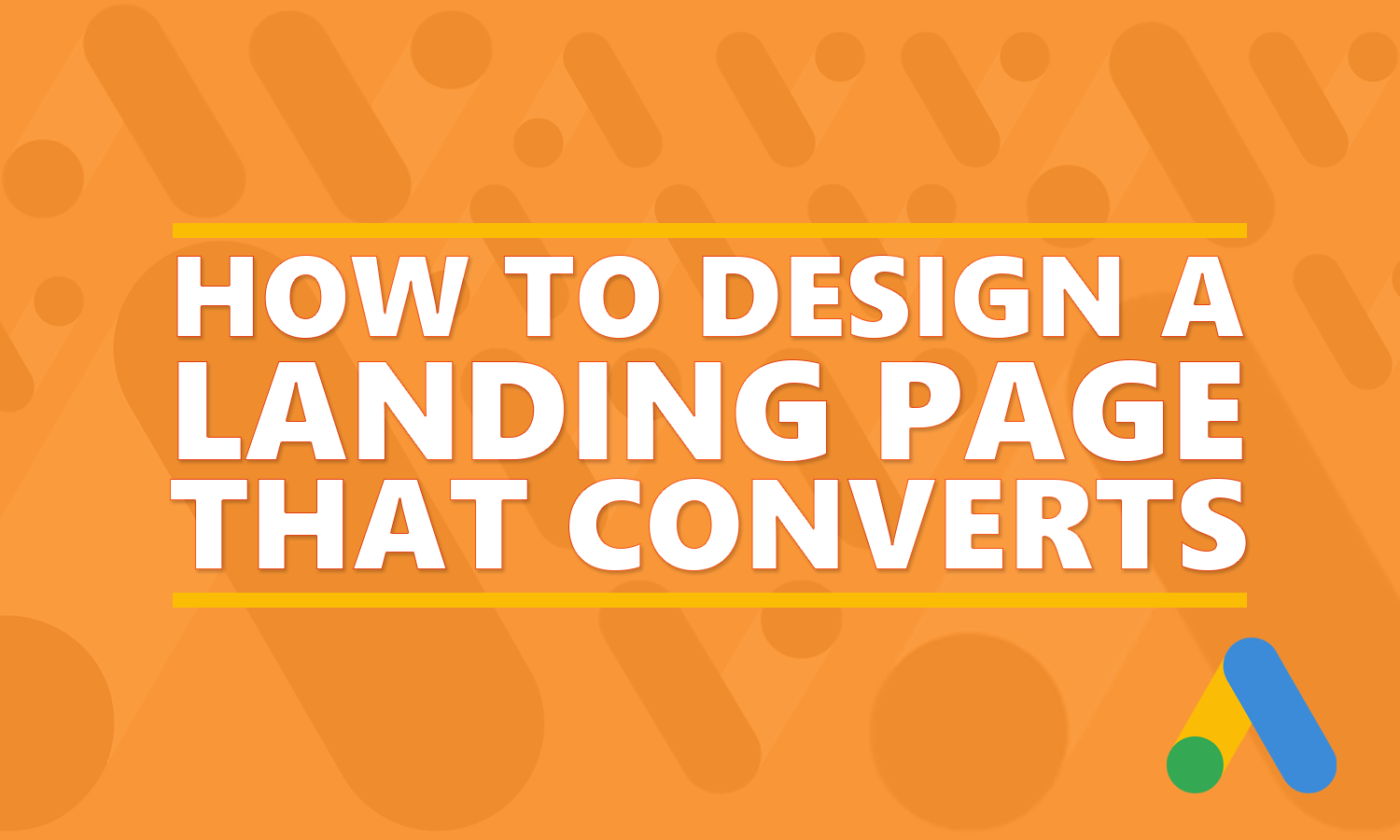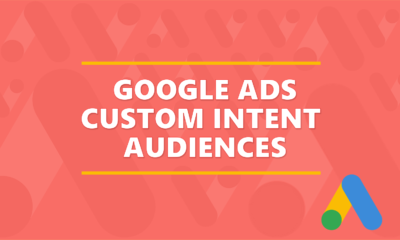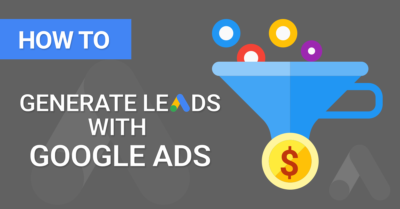Landing page design is an important factor in the profitability of a Google Ads campaign. As far as we are concerned, your landing page is as equally as important as the campaign management of your Google ads account.
In most cases, sending pay-per-click (PPC) traffic to your website’s homepage is not a good idea. Instead, you should send it to a custom page, known as a landing page, that’s optimized specifically for the traffic. By using the right landing page design, you’ll experience higher conversion rates in your Google Ads campaign.
Go Responsive
Responsive landing pages typically outperform their unresponsive counterparts on Google Ads. When creating ads for the Search Network, you won’t have the option to target users by device. Therefore, your ads will likely generate impressions and clicks from mobile device users.
A responsive landing page ensures that all users, including mobile device users, have the same positive experience. It involves using Cascading Style Sheets (CSS) to automatically adjust how content is rendered. A responsive landing page will serve the same content to all users, but it uses CSS to optimize the layout so that it’s accessible to all users.
Create A Clear CTA
No landing page is complete without a clear call to action (CTA). Consisting of an actionable phrase, the CTA tells users the next step they must take to begin the conversion process. If you’re trying to build a list of subscribers for an email newsletter, you may want to use “Sign up today.” If you’re promoting a product, on the other hand, you may want to use “Start shopping now.”
The placement and overall appearance of your landing page’s CTA are equally important as its wording. If the CTA is small or placed in an obscure area of your landing page, for instance, some users probably won’t see it. The CTA needs to stands out on your landing page for users to see as well as click it.
Include Keyword-Relevant Content
The content of your landing page should match the target keywords of your Google Ads campaign. If there’s a disconnect between these two elements, your landing page conversion rate will suffer. Users will discover that your landing page isn’t relevant to their search query, so they’ll abandon it without taking action. By including text content that’s highly relevant to your campaign’s target keywords, though, users are more likely to engage with your landing page.
In addition to more conversions, keyword-relevant content can improve the Quality Score of your landing page. When your landing page content matches the keywords on which you bid, Google will assign it a higher Quality Score. A high Quality Score, of course, means better ad positions and lower click costs.
Watch The Length
While you should include keyword-relevant content on your landing page, you shouldn’t use too much of it or any other text content. The primary objective when using a landing page is to convert traffic, which begins with clicking the CTA. You’ll need to use some text content to explain why users should click the CTA, but too much text will dilute your value proposition while also harming your landing page conversion rate.
How long should your landing page be exactly? Most PPC experts recommend around 350 to 700 words of text content. At this length, your landing page will be concise. Rather than reading an essay-length body of text, users will focus their attention on the CTA.
Display Social Proof And Testimonials
Social proof can improve the conversion rate of your Google Ads landing page by instilling trust in users. PPC ads are paid placements, so search engine users don’t trust them as much as organic listings. To gain their trust, you can display the number of likes, follows or shares your business has generated on social media. Known as social proof, it shows users that your business can be trusted.
You can display social proof anywhere on your landing page, but like CTAs, it works best when placed in a visible area that stands out from the rest of the content. Additonally, customer reviews and testimonials can help close the deal with site visitors. Here’s a good read on how reviews can improve conversion rates
Optimize for Fast Loading
A slow-loading landing page is the metaphorical kiss of death for a Google Ads campaign. Google may still show your ads, but if your landing page is slow, you’ll likely experience a poor conversion rate while simultaneously paying more for clicks.
After clicking an ad and seeing your landing page loading slowly in their browser, some users will leave. According to Google, one in two mobile users abandon sites that fail to load in three seconds or less. Desktop users are a little more patient, but they too will leave your landing page if it’s slow.
Here are some tips to optimize your landing page for faster loading:
• Use a fast web hosting service that doesn’t force you to split or share resources with other websites.
• Enable caching so that users don’t have to download your entire landing page each time they visit it.
• Place Cascading Style Sheets (CSS) code at the top of your landing page.
• Serve content from a Content Delivery Network (CDN).
• Avoid or limit the use of redirects.
• Shrink the file size of images by compressing them with a tool like tinypng.com.
• If you’re going to include video on your landing page, host it on an external platform like YouTube or Vimeo.
Create Multiple Variants
After designing a landing page for your Google Ads campaign, you should create several variants of it. Running a single landing page is never a good idea. It might be profitable, but there are always ways to improve a landing page’s performance.
When you create multiple variants of a landing page, you can test them against the original design. The variants don’t have to be radically different. Making small changes, such as using a different CTA or sales copy, can greatly impact conversion rates.
For a profitable Google Ads campaign, you need to use the right landing page. It will guide users through your digital conversion pipeline while providing them with a positive experience in the process.




